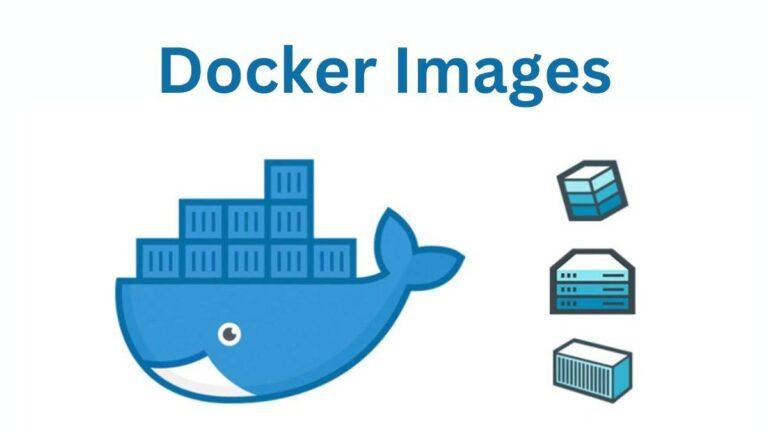In the era of digital transformation, data has become the lifeblood of effective marketing strategies. By leveraging data analytics, businesses can gain deep insights into customer behavior, optimize campaigns, and drive better results. In this blog, we’ll explore how to harness the power of data analytics in marketing and unlock its potential to elevate your business.

Understanding the Role of Data Analytics in Marketing
Data analytics involves the process of collecting, analyzing, and interpreting data to make informed marketing decisions. It allows businesses to move beyond guesswork and base their strategies on real-world evidence. From understanding customer preferences to predicting future trends, data analytics is a vital tool that empowers marketers to craft more effective and targeted campaigns.
Types of Data in Marketing Analytics
1. Customer Data
Customer data is the foundation of any data-driven marketing strategy. This includes demographic information, purchase history, browsing behavior, social media interactions, and more. By analyzing this data, marketers can build detailed customer profiles, identify key segments, and tailor their messages accordingly.
2. Market Data
Market data provides insights into industry trends, competitor activities, and market conditions. This data helps businesses stay ahead of the curve, understand market dynamics, and position their products or services more effectively. It also aids in identifying opportunities for growth and expansion.
3. Web and Social Analytics
Web and social analytics involve tracking and analyzing online behavior, such as website traffic, user engagement, and social media interactions. This data is crucial for understanding how customers interact with a brand online, which channels are most effective, and where improvements are needed.
Key Tools and Technologies for Marketing Analytics
1. Google Analytics
Google Analytics is one of the most widely used tools for tracking website traffic and user behavior. It provides valuable insights into how visitors find and navigate your site, which pages are most popular, and where users drop off. This information is essential for optimizing your website’s performance and improving the customer journey.
2. Customer Relationship Management (CRM) Systems
CRM systems, such as Salesforce or HubSpot, allow businesses to manage customer interactions and data throughout the customer lifecycle. These platforms enable marketers to segment audiences, automate campaigns, and track the effectiveness of their efforts, all while maintaining a centralized view of customer data.
3. AI and Machine Learning Tools
Advanced AI and machine learning tools are becoming increasingly important in marketing analytics. These technologies can analyze vast amounts of data quickly, identify patterns, and even predict future behavior. They’re particularly useful for tasks like customer segmentation, personalized recommendations, and optimizing ad spend.
Turning Data into Actionable Insights
Collecting data is only the first step; the real value lies in turning that data into actionable insights. Here’s how:
1. Segmentation and Targeting
Use data to segment your audience into distinct groups based on demographics, behavior, or purchase history. This allows for more precise targeting and the creation of tailored campaigns that resonate with specific audience segments.
2. Personalization
Data analytics enables personalized marketing, where messages, offers, and content are customized for individual users. This could be in the form of personalized email campaigns, product recommendations based on past purchases, or dynamic website content that changes based on user behavior.
3. Campaign Optimization
Analyze the performance of your marketing campaigns in real-time. Identify which strategies are working and which aren’t, and make data-driven adjustments to optimize your campaigns for better results. This could involve tweaking ad copy, reallocating budget to more effective channels, or refining your audience targeting.
4. Predictive Analytics
Predictive analytics uses historical data to forecast future outcomes. In marketing, this could mean predicting customer churn, forecasting sales trends, or anticipating which products will be in demand. These insights allow marketers to be proactive, adjusting their strategies to capitalize on future opportunities.
Challenges in Implementing Data Analytics
While data analytics offers significant advantages, it’s not without its challenges. These include:
Data Privacy Concerns: With increasing regulations around data privacy, businesses must ensure they’re handling customer data responsibly and in compliance with laws like GDPR or CCPA.
Data Integration: Integrating data from multiple sources (e.g., CRM systems, web analytics, social media) can be complex, requiring robust tools and strategies to ensure a unified view of the data.
Skills and Expertise: Effective data analytics requires a certain level of expertise in data science, statistics, and marketing. Investing in training or hiring skilled professionals can be necessary to fully leverage data analytics.
Conclusion
Leveraging data analytics in marketing is no longer optional—it’s essential for businesses looking to stay competitive in a data-driven world. By understanding and utilizing the various types of data, employing the right tools, and turning insights into action, marketers can create more targeted, personalized, and effective campaigns.
While challenges exist, the benefits of data analytics far outweigh the complexities, offering a clear path to improved customer engagement, optimized marketing efforts, and ultimately, business growth.



